Wörlitzer Gardens - 18th Century Garden Splendor
Weşandin: 30.06.2020







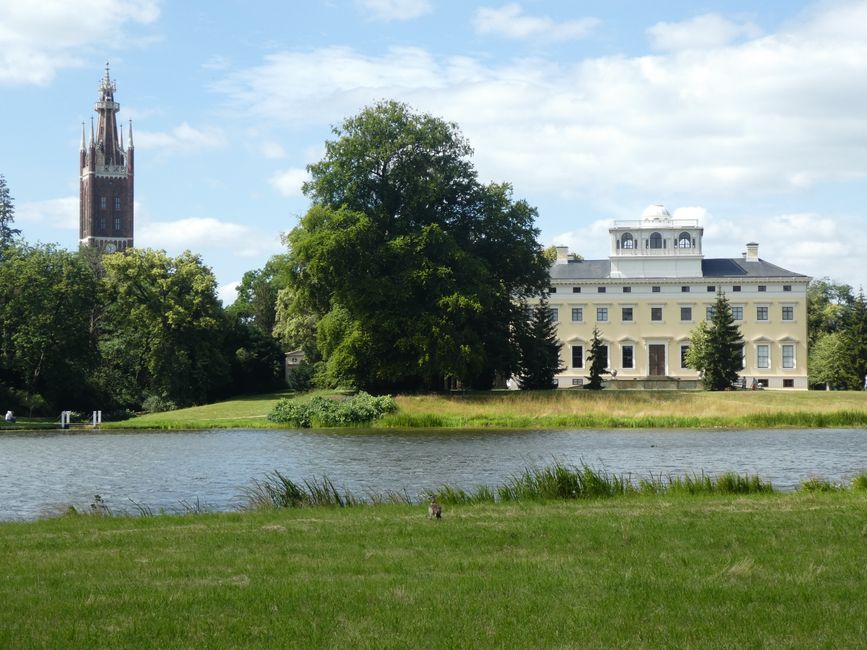









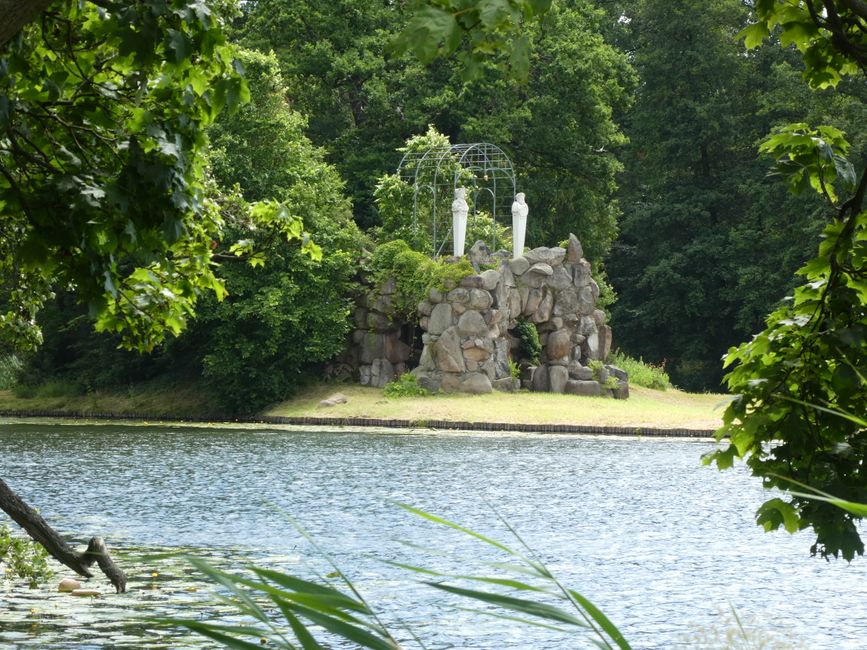

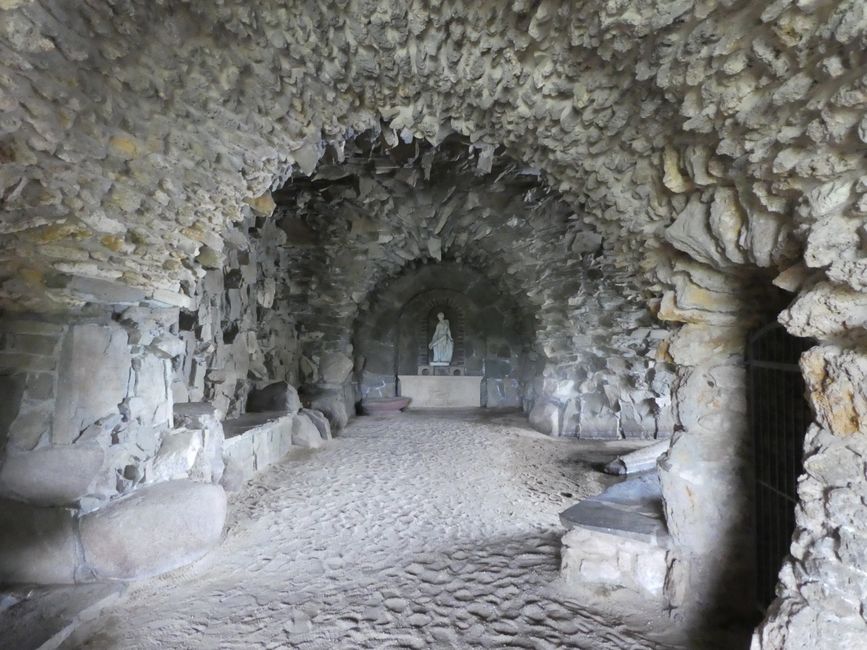







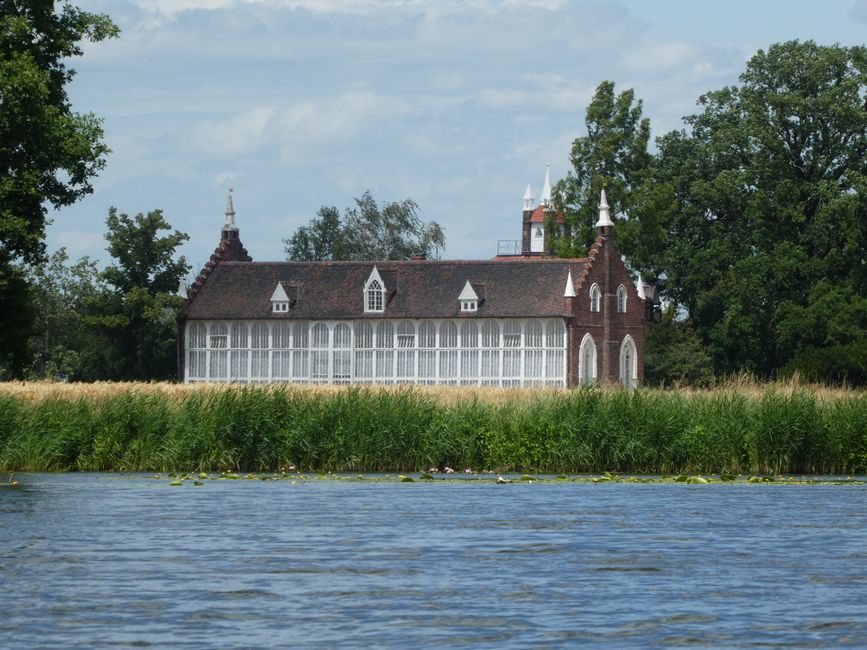


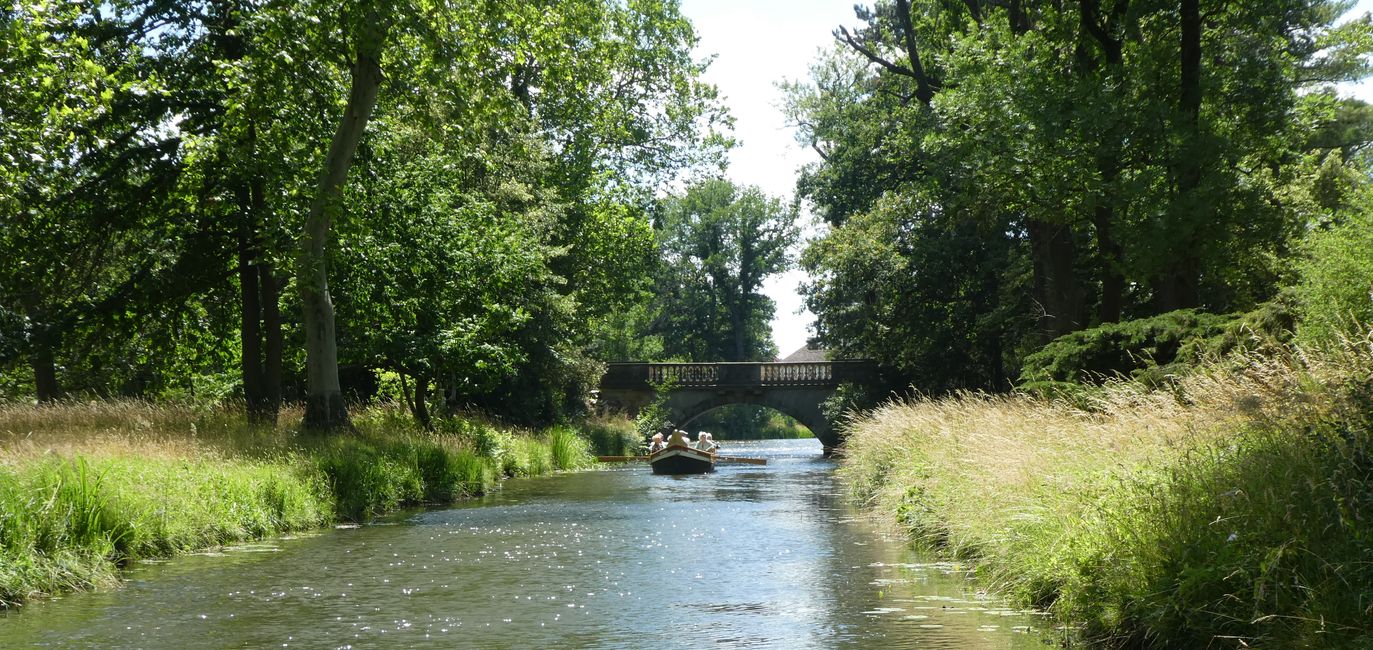



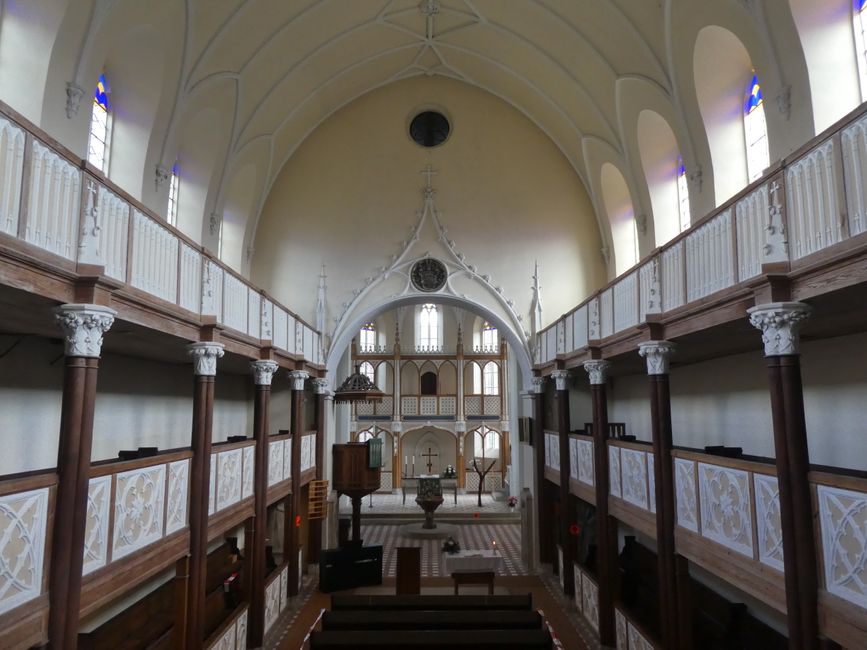









Subscribe to Newsletter
Today we visited another English-style garden - this time it was so big that we needed the whole day to explore it: the Wörlitzer Gardens.

The gardens were built by Prince Leopold III Friedrich Franz of Anhalt-Dessau from 1764 onward, after he had lived in England during his youth. He would have preferred to stay there as a private person, but he had to return to his homeland to rule.

So he brought a bit of England home with him and created gardens and buildings according to his own vision and the aim of education and enlightenment, together with Erdmannsdorff.

It was the first large landscape garden in continental Europe and still invites visitors to take a walk and explore it today.

First, we made our way to the Gothic House. Originally, this was the gardener's house. But since the prince had a special fondness not only for the garden, but also for the gardener's daughter Luise Schoch, he had it expanded and lived here with her.

Especially noteworthy here is the collection of stained glass windows that Franz acquired second-hand and had installed in this house. It was also used as a place to exhibit some of his numerous paintings.


Around the Floratemple, there are also landscaped flower beds and a palm house nearby.

Otherwise, you stroll among meadows, old trees, and the Wörlitzer Lake or the lakes known as 'Walloch' that were created by breaches in the dykes during the floods of the River Elbe.

The three lakes are connected by artificially created canals, on which you can take a 'gondola ride'.

We also did that later in the afternoon and learned a lot about the history of the Wörlitzer Gardens on the way.

As pedestrians, you can get from one island to another via one of the numerous bridges, each designed in a different style, or via one of the ferries that connect the two banks.

Due to the coronavirus restrictions, only 5 people were allowed to participate in a guided tour of the palace, so we had some time until our appointment in the afternoon (which we had booked immediately after the opening in the morning).

So we took a slightly larger detour past the Pantheon, Amalia Grotto, and Italian farmhouse to the island of Stein.

On this island, Prince Franz had southern Italian places built, inspired by impressions from his trip to Italy.

So you can find an ancient theater there, rock passages and grottoes inside, and Villa Hamilton, which was modeled after the house of the British diplomat William Hamilton.

In the ancient theater, rehearsals for an outdoor performance were taking place. We walked past the rehearsing actors and climbed up to Villa Hamilton next to the audience seats.

One floor above is the miniature replica of Mount Vesuvius. Prince Franz had witnessed an eruption of the volcano during his trip to Italy and was so impressed that he wanted to have his own volcano in his park. It can even erupt, which it still does on special occasions to this day...

Without an eruption of the volcano, we continued towards the town of Wörlitz, which we explored after a gondola ride.

For a better overview, we climbed the tower of the Church of St. Petri, from which we had a view of the Wörlitzer Gardens and the town (after many narrow steps).

Today, the interior of the tower houses a changing exhibition. So we had a little break in between as we explored the exhibition rooms on the different levels.

After a relaxing break in the café in the former castle kitchen, we started our guided tour of Wörlitz Palace.

During the tour, we saw the ground floor, which housed the representative rooms of the prince and his wife. Conveniently, her name was also Luise, so he couldn't mix up the names...

Before we made our way back to our hotel, we took the 'Teelauben Ferry' to the island of the princess.

There were hardly any walkers on this island, but we saw a nuthatch and a squirrel (which was a bit too fast for the photographer).

Subscribe to Newsletter
Bersiv

Raporên rêwîtiyê Almanya

